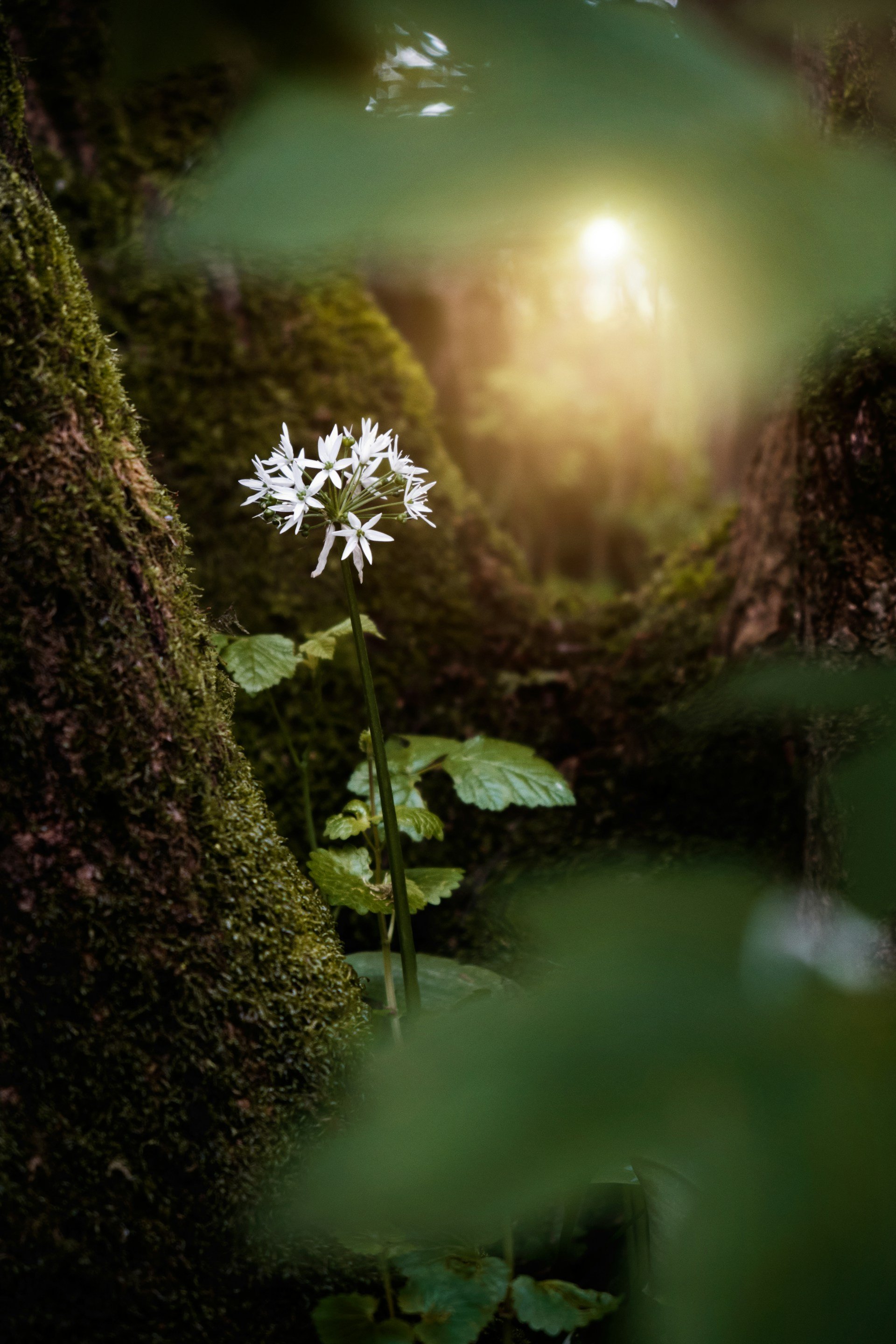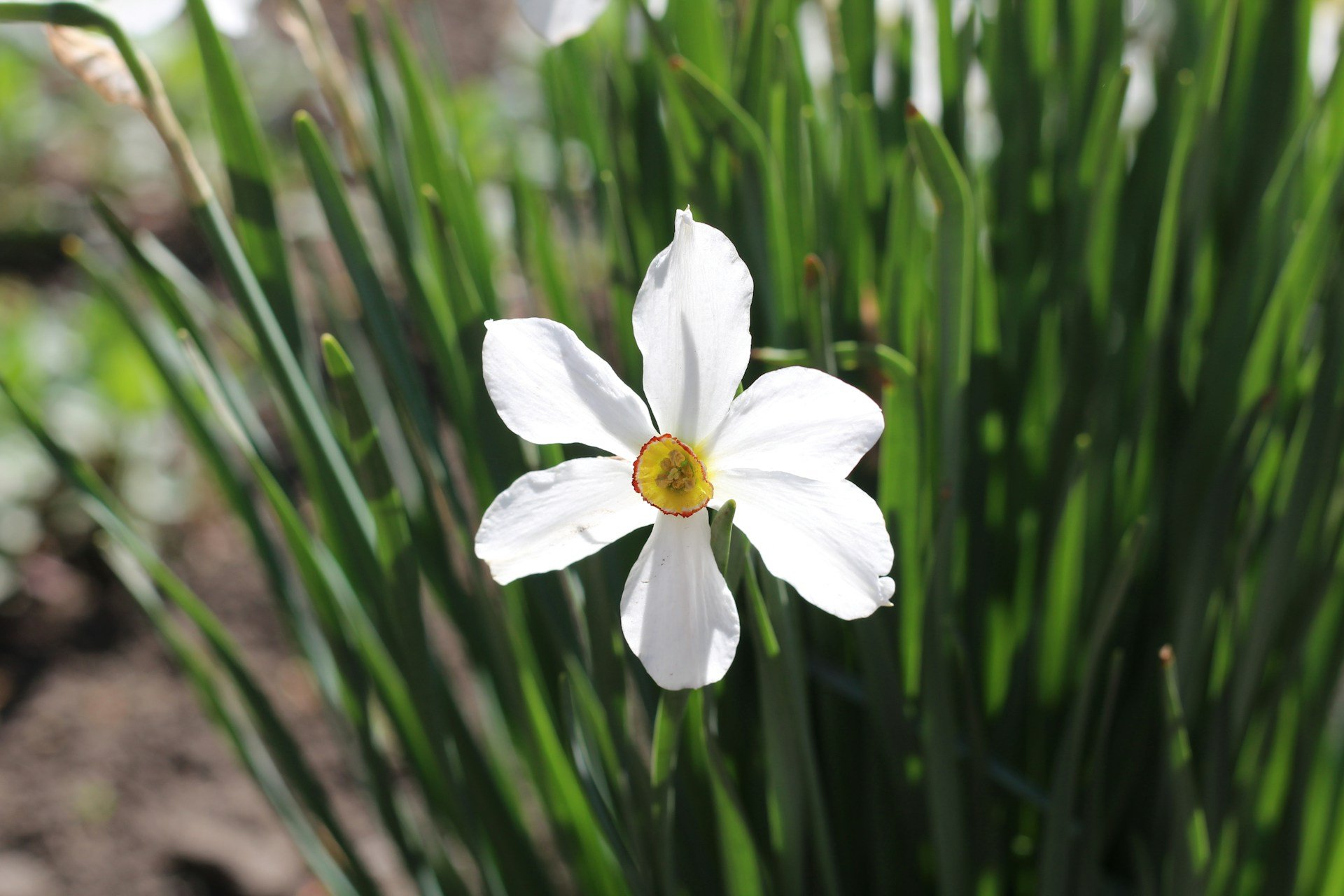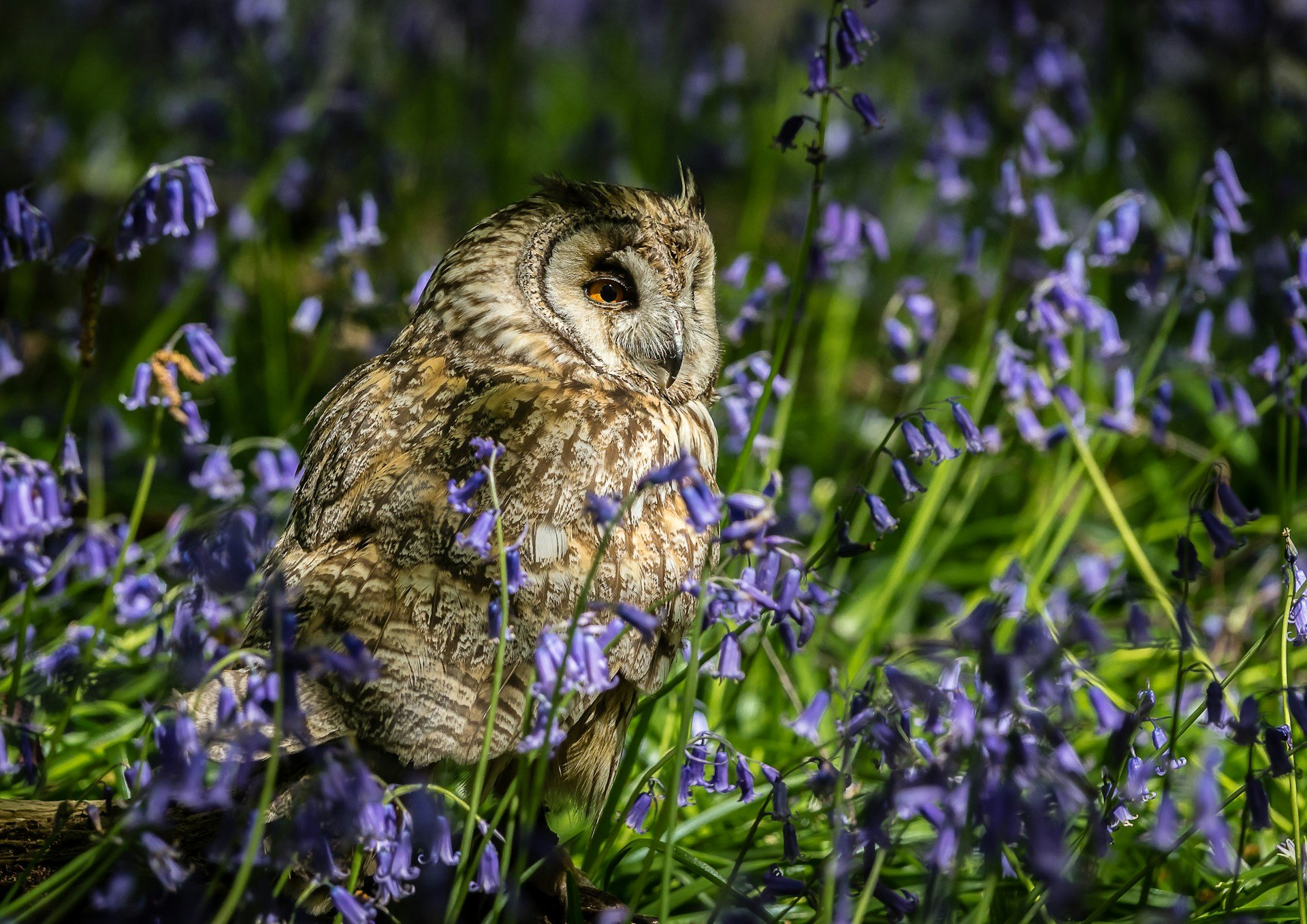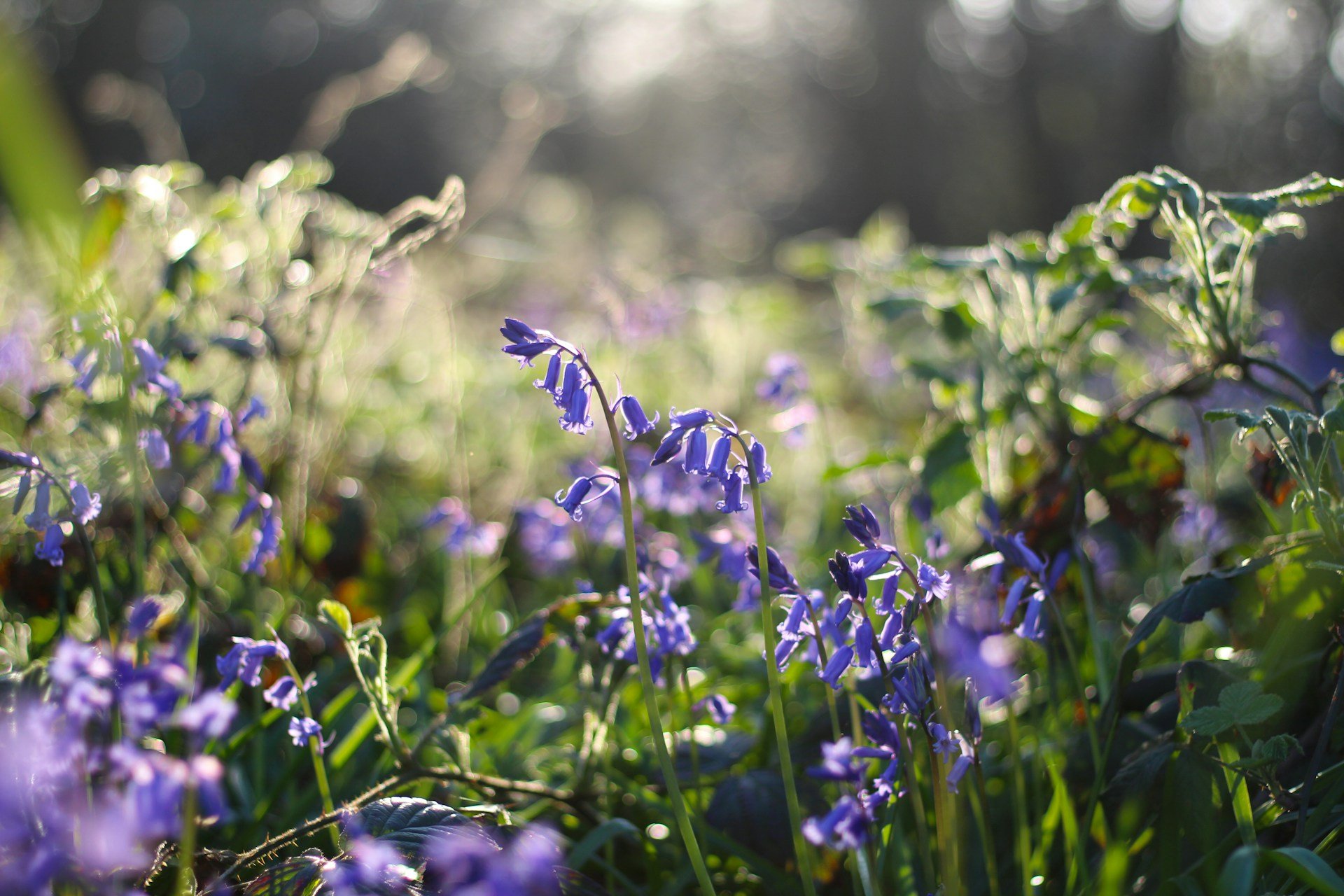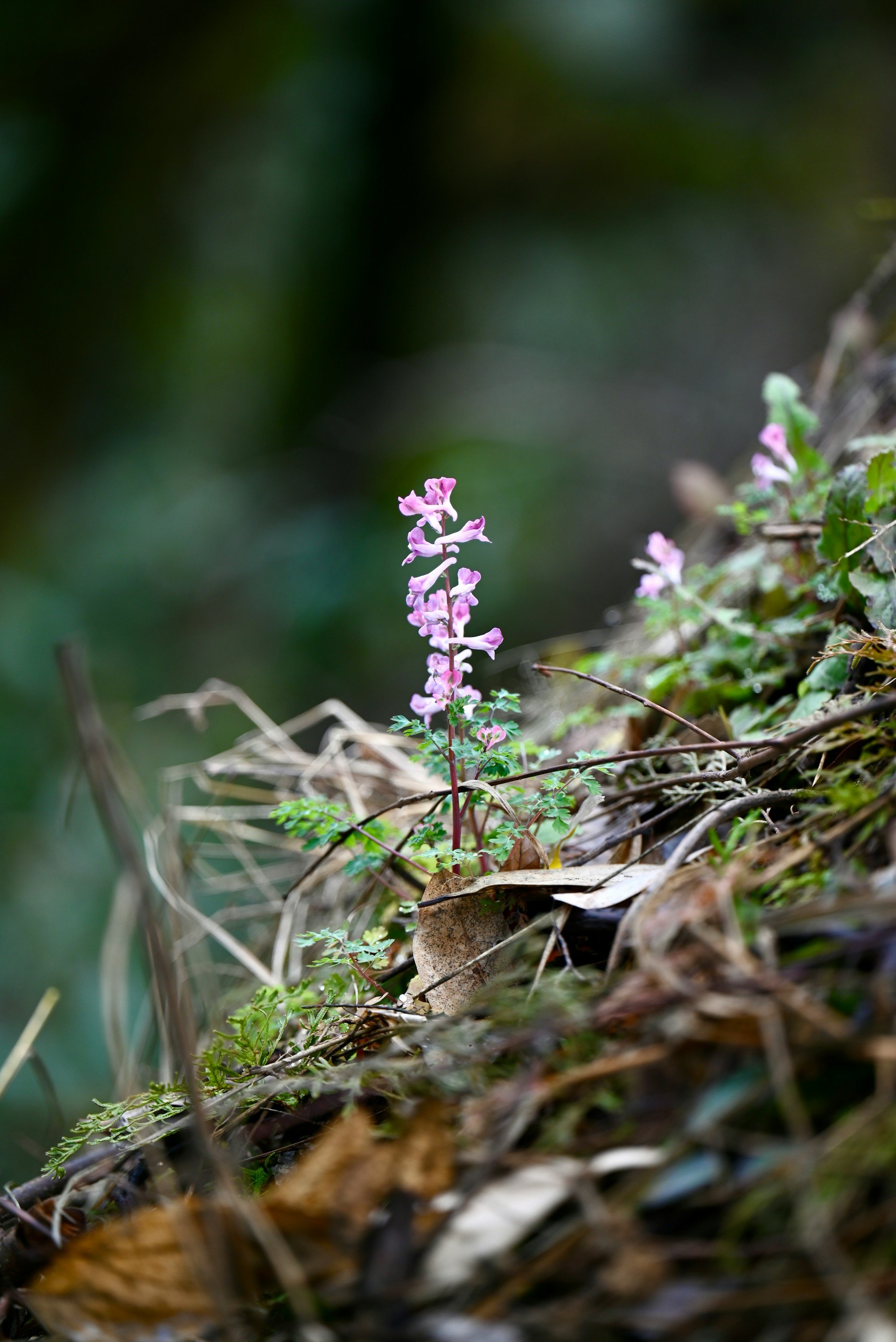April Garden Inspiration: Explore 5 Key Plants for Your Garden
Discover 5 Must-Have April Plants for Your Garden!
Uncover the Splendor of April's Blooms: Corydalis cava (Holewort),Hyacinthoides non scripta (Bluebells), Narcissus poeticus (Poet's Daffodil), Fritillaria meleagris, and Allium ursinum (Wild Garlic). Discover their enchanting features that set them apart!
“In April, green, white, and purple dominate the color scheme”
Corydalis cava (Holewort)
Corydalis cava, also known as Holewort, is a Stinsenplant, a wild species ideal for naturalizing in woodland edges or wildflower gardens, particularly in the shade of mature trees. This low-maintenance plant thrives in such environments. Adequate watering is crucial to encourage abundant flowering and maintain plant health. Historically, Corydalis has been utilized for its sedative properties, even used for anesthesia, and its tubers were consumed as food. Pairing well with ferns and other Stinsenplants, Corydalis cava adds natural charm to any garden setting.
Hyacinthoides non scripta (Bluebells)
Hyacinthoides non-scripta, commonly known as Bluebells, is a Stinsenplant, a wild species ideal for naturalizing in woodland edges or wildflower gardens. Its beauty truly shines when nestled in the shade of a mature tree. Bluebells complement ferns, low grasses like Luzula, and other Stinsenplants, enhancing the natural charm of any garden space.
Narcissus poeticus (Poets daffodil)
Poet's daffodils exude timeless charm, boasting a delicate elegance and a distinctive fragrance. As a Stinsenplant, this wild species pairs beautifully with Cowslips and Fritillaries. Additionally, Poet's daffodils are celebrated for their historical significance, symbolic meanings, and cultural associations.
Fritillaria meleagris
Fritillaria meleagris thrives when naturalized in woodland edges or wildflower gardens, adding a touch of wild beauty. As a Stinsenplant, this wild species harmonizes beautifully with Cowslips and Narcissus. Additionally, Fritillaria meleagris is renowned for its distinctive checkered patterned petals and its historical significance in folklore and medicinal uses.
Allium ursinum (Wild garlic)
Allium ursinum, commonly referred to as wild garlic, features aromatic leaves that grow quickly on this perennial plant. These flavorful leaves are not only edible but can also enhance salads, sauces, or even serve as a pesto alternative! In addition to its culinary uses, the plant's attractive flowers serve as a draw for beneficial insects. Wild garlic thrives in damp, shady woodlands, hedgerows, and sometimes along watercourses or riverbanks. It's a common sight in ancient woodlands, blanketing the forest floor from late February through May. Often, its distinctive scent precedes its visual appearance, filling warm, damp wooded areas with a slightly bitter aroma in spring.
Follow Jana on Instagram for inspiring images of gardens and nature
More Tips & Advice?
Book a garden design consultation with me: jana@botaniq.nl / +31 6151 89494
Subscribe to our monthly Newsletter to get tips, recommendations, and outdoor improvement ideas.

